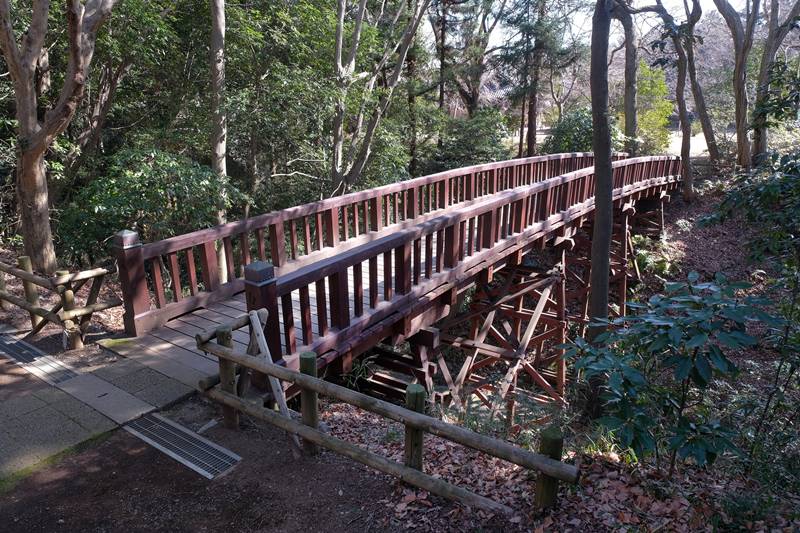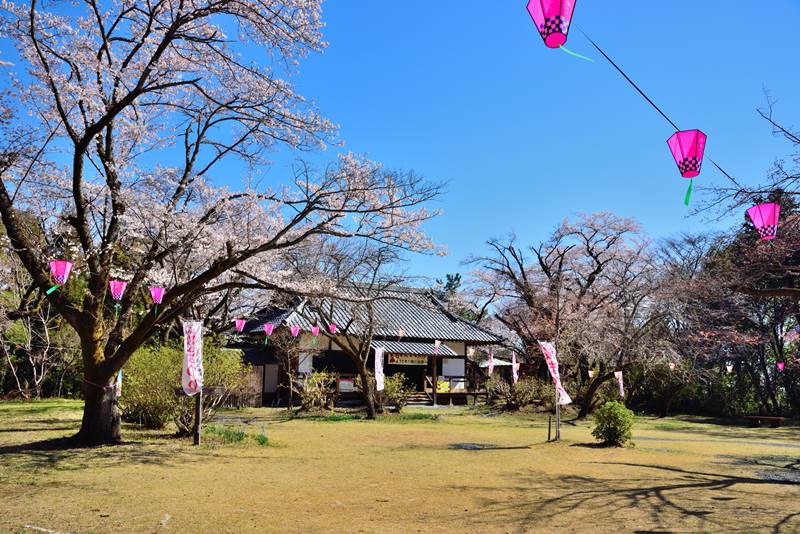This is all about Takiyama Castle Ruins you want to know.
Every information you get on this site will be from a credible source based on Japanese history (books for reference).

Collected by the Inagaki family, the Toba Daimyō from the mid-Edo period to the Meiji Restoration, as materials for military studies. There are about 350 illustrations, but there is no uniformity because only illustrations of castles, illustrations including castle towns, and old battlefield illustrations are mixed.
Another typical example of a castle picture in the Edo period is "The Shōhō Shiroezu", picture of the castle and castle town that the Edo Shogunate ordered the daimyō to create and submit,aggregating military information such as the buildings inside the castle, the height of the stone wall, the width of the moat and the water depth, etc., it also details the location and shape of the castle town and the mountain river.
Profile : Takiyama Castle Ruins
| Location | Takatsuki-Chō, Hachiouji City, Tokyo |
| Also known as | ー |
| Type of castle | Hilltop |
| Mountain's name | ー |
| Elevation | 80m |
| Condition | Ruins |
| Designation | National Historic Sites |
| Year built | 1521 |
| Abolished | 1569~1572 |
| Castle lord | Ōishi Sadashige |
| Refurbishment lord | Hōjō Ujiteru (the third son of Hōjō Ujiyasu) |
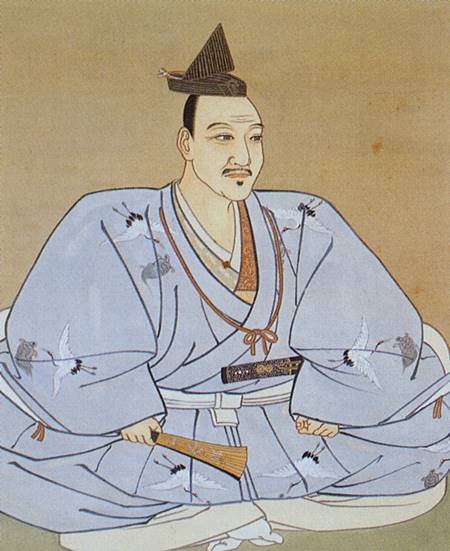
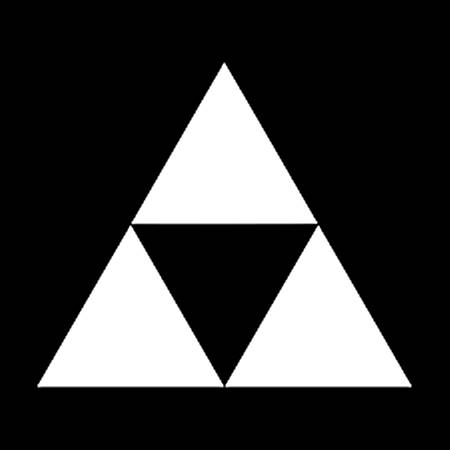
The family crest was originally created from the pattern that the emperor and the royal family put on the kimono, and the pattern was made into a fixed pattern, and the one attached to his own oxcart is said to be the beginning of the family crest. The warlords drew large crests on the flag-fingers, used to distinguish enemy views on the battlefield, and used by the generals to determine which warlords were active and how much.
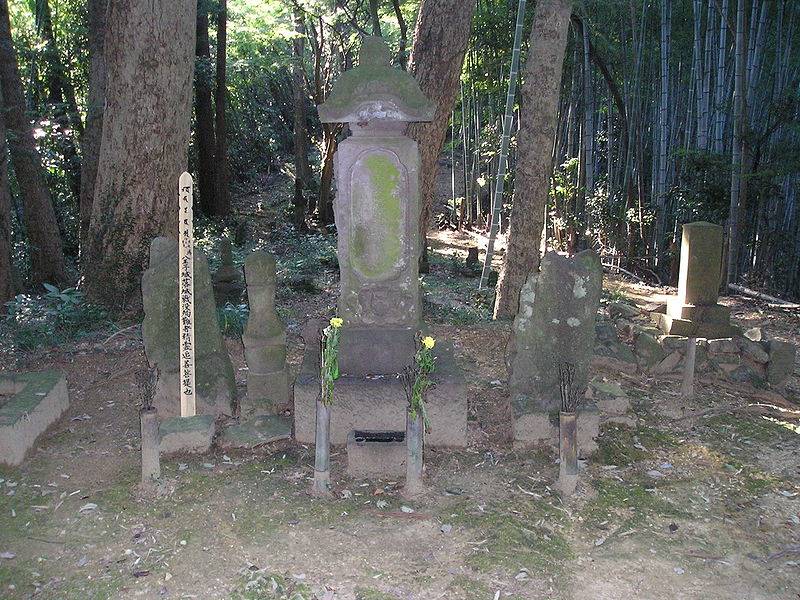
When Toyotomi Hideyoshi conquered Odawara with the "Odawara Attack" in 1590 , Ujiteru insisted on fighting to the end without surrendering. He left his residence of Hachiōji Castle, with a guardian and kept himself in Odawara Castle. However, Hachioji Castle was captured by Uesugi Kagekatsu and Maeda Toshiie. After the defeat, Ujiteru was regarded as a main war group, and was ordered to cut himself (suicide) with his brother.
Takiyama Castle admission
admission fee : free
admission time : free
closing period : reference official site
Takiyama Castle Google Map
Takiyama Castle Images

Hōjō Ujiteru, the third son of Hojo Ushiyasu, was said to have undergone a major renovation of Takiyama Castle before 1567. In 1569, Takeda Shingen of Kai country attacked Takiyama Castle in the middle of his journey to Odawara Castle. Despite being invaded by 20,000 troops, Takiyama Castle responded brilliantly with 2000 troops. After that, Ujiteru built Hachioji Castle, which was stronger than Takiyama Castle, and moved its headquarters, and Takiyama Castle was abandoned.
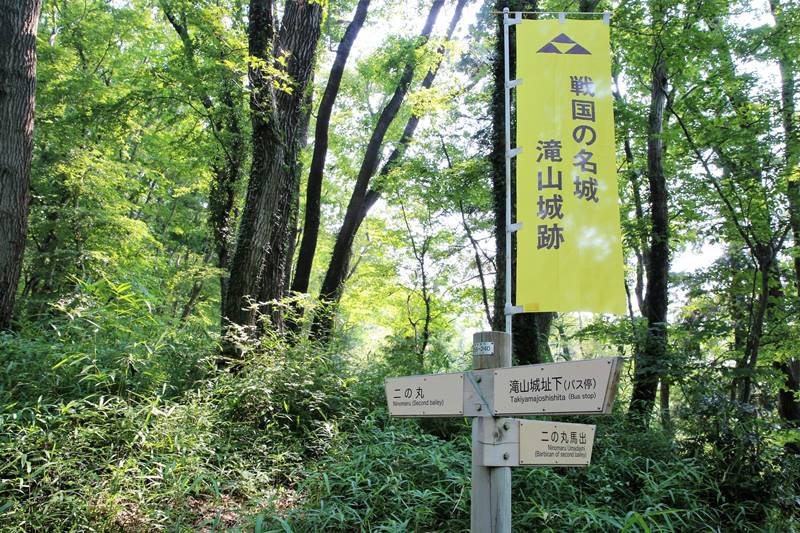
The main part was located in the northwest facing the terrace. On the southeast side of Honmaru, there was a box-shaped entrance, called " Masugata-Koguchi", surrounded by earthworks. A masugata is a compound gate made up of 2 gates, most commonly a kōraimon on the outside and a yaguramon on the inside. The 2 gates are placed at right angles and joined by walls to create a square enclosure. Any enemy who attempts to enter the castle will be trapped in the box while it tries to breach the strong inner gate. The trapped enemy is then vulnerable to attack from the defenders inside the castle, and lining the walls above.
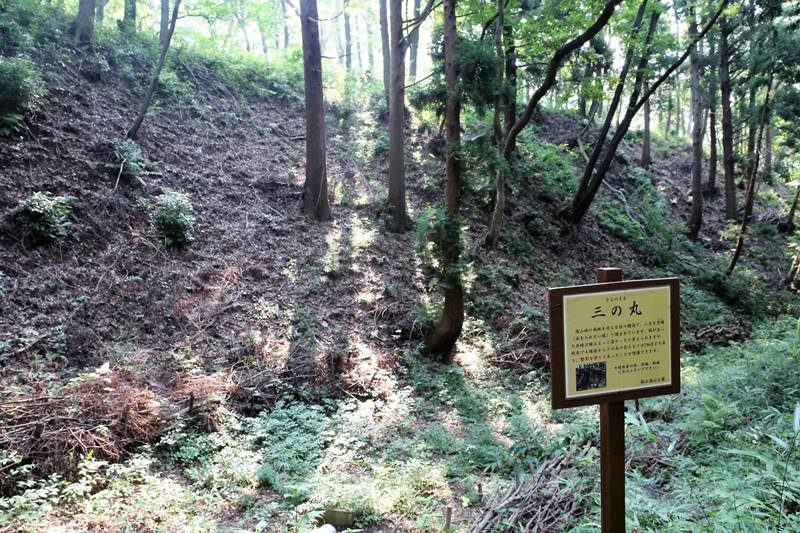
The small Kuruwas are continuous around Honmaru, forming a complicated castle road, and the ridge muscle is completely blocked by the continuous horizontal moat from the Nakanomaru to the south side "Kaku-Umadashi", which is located in the three directions of west, south, and east of Ninomaru.
